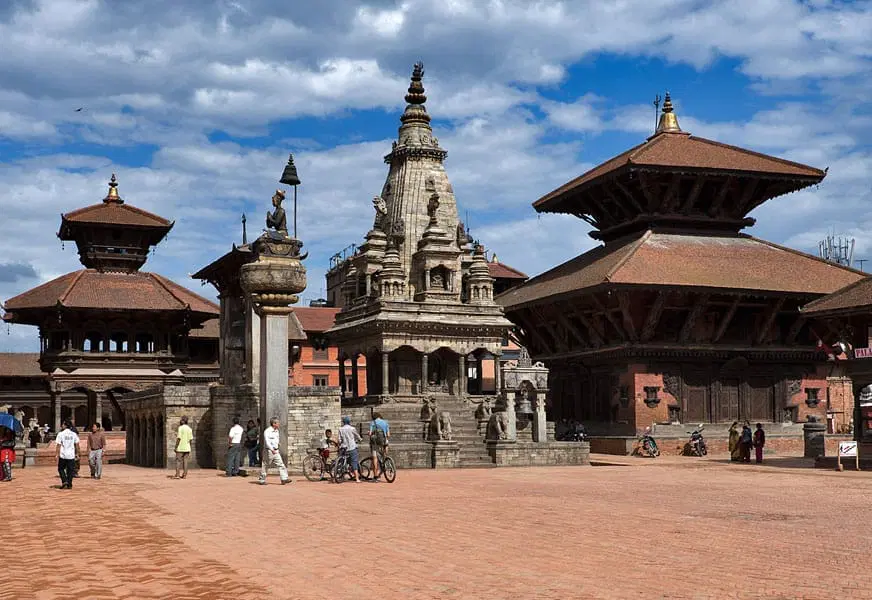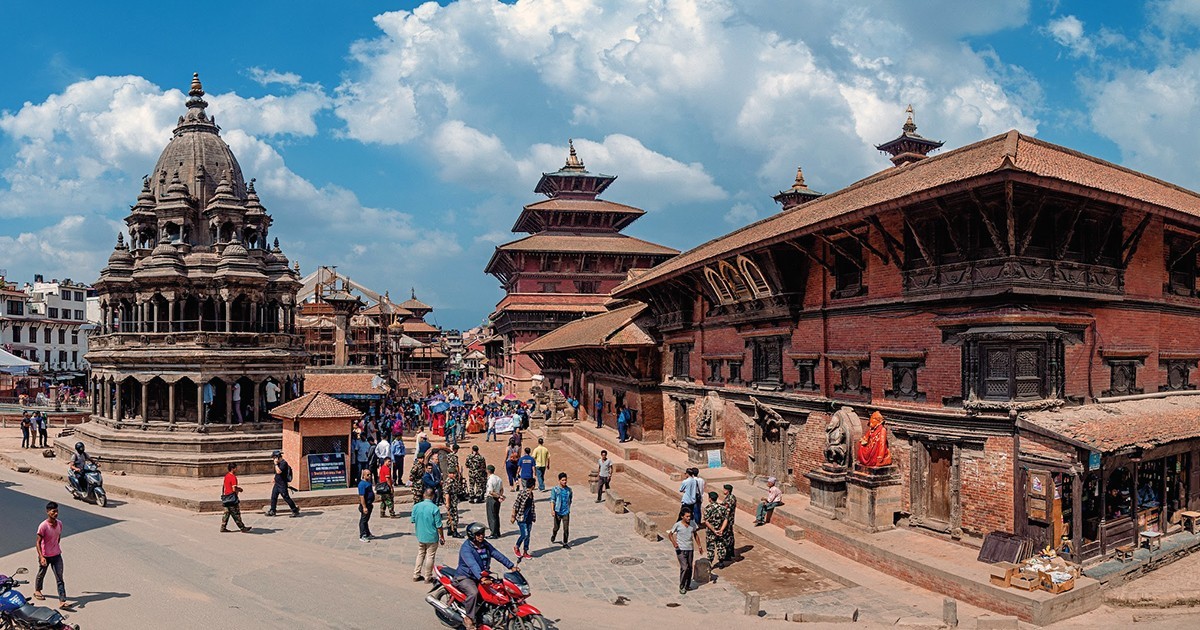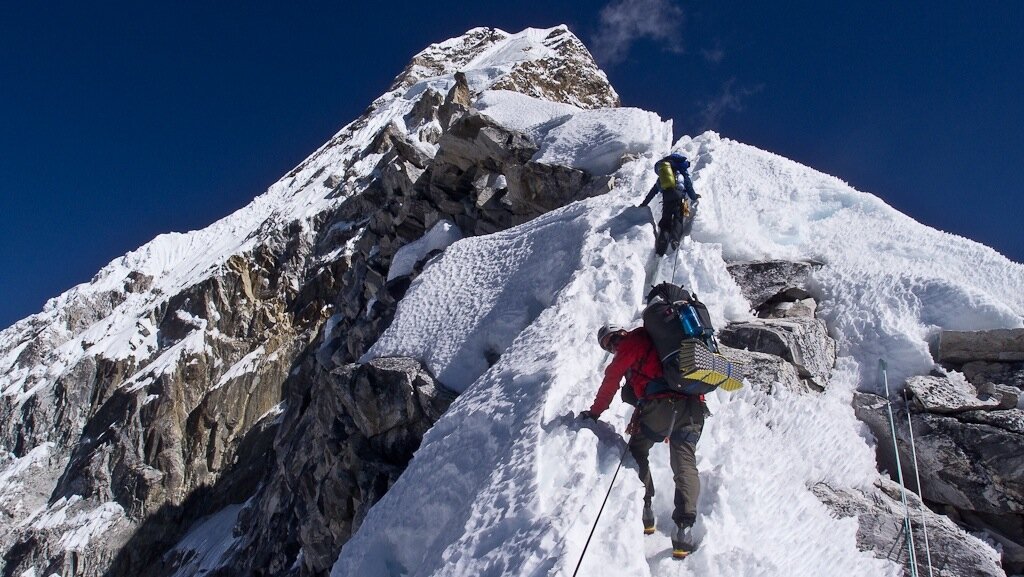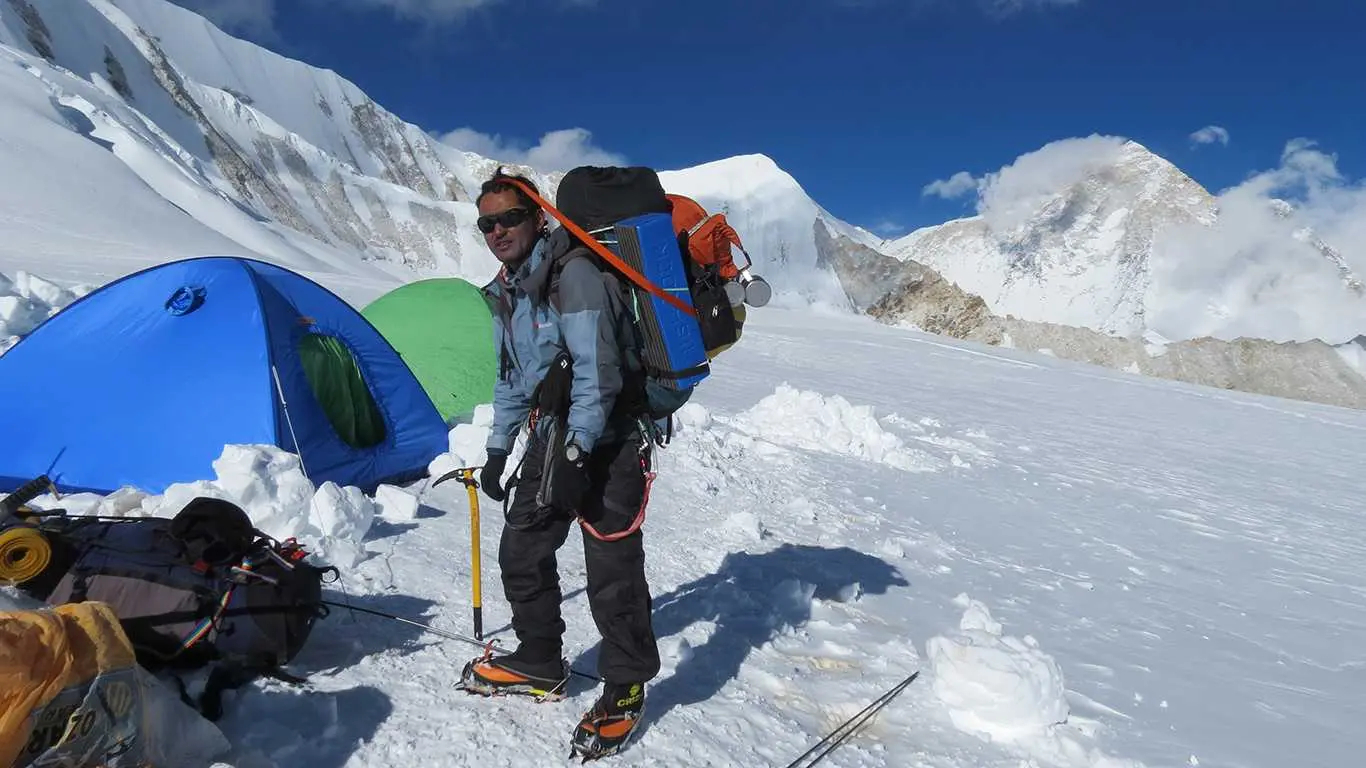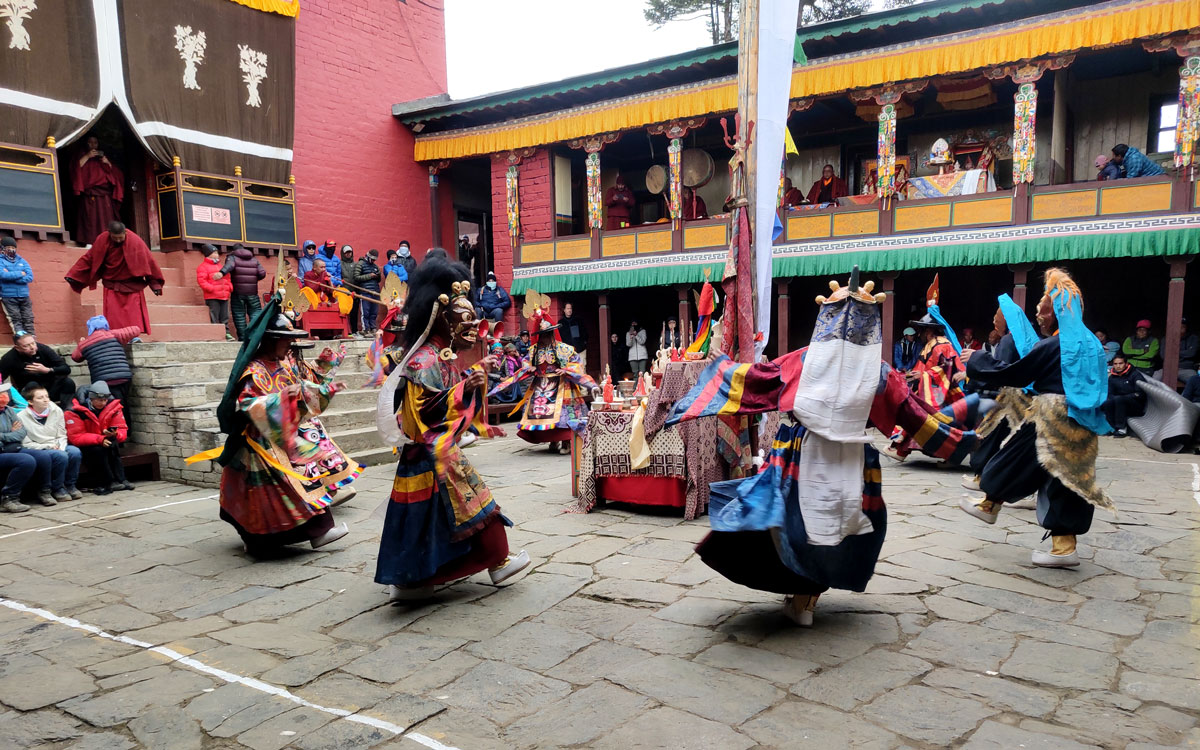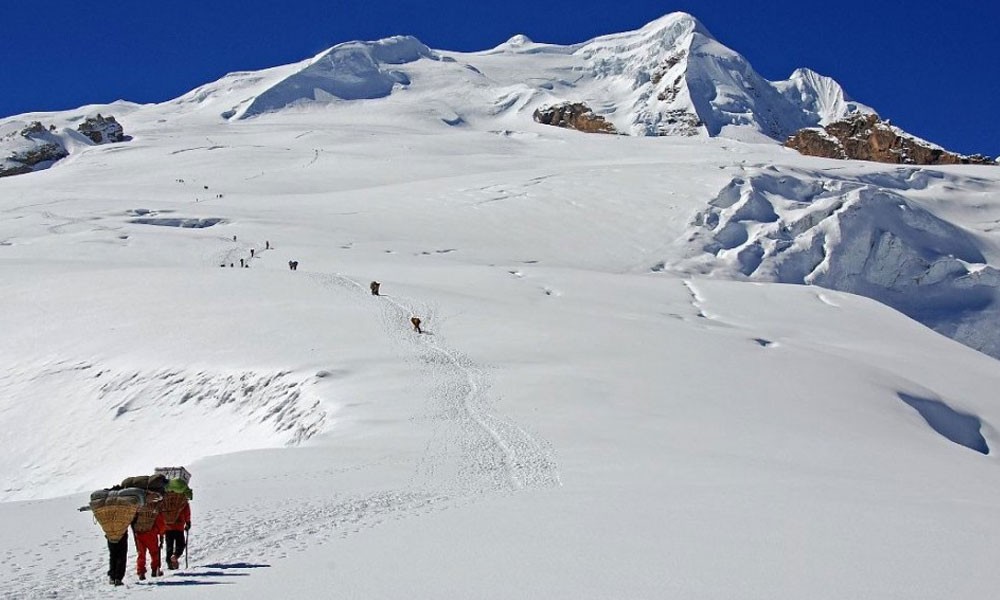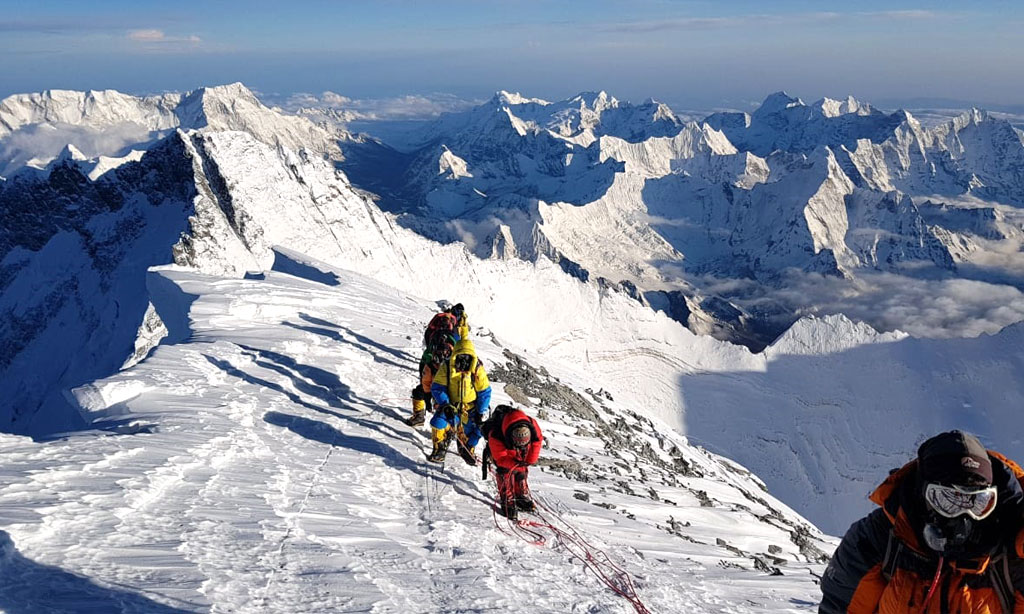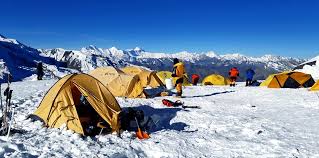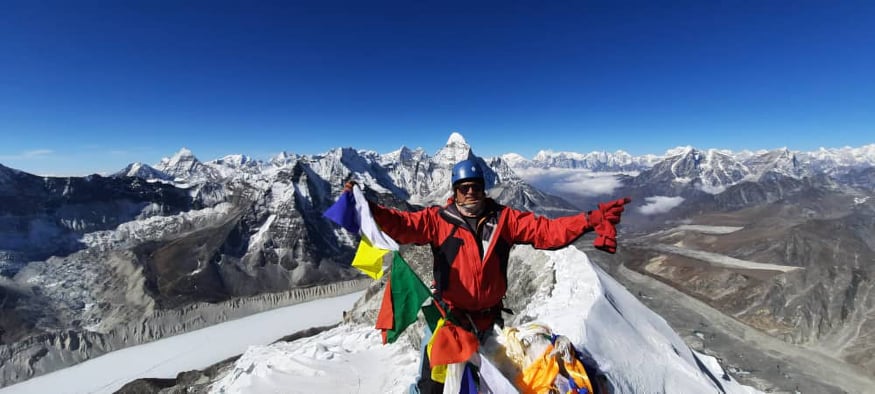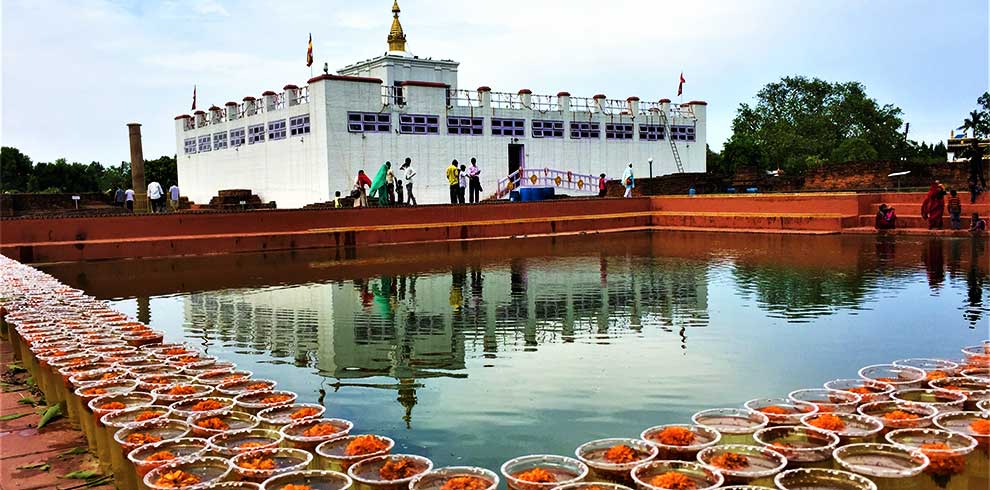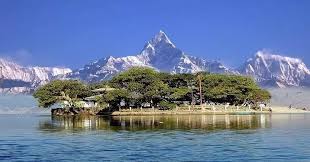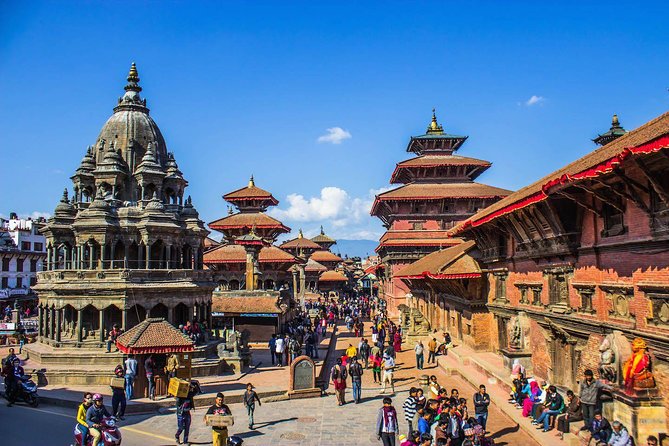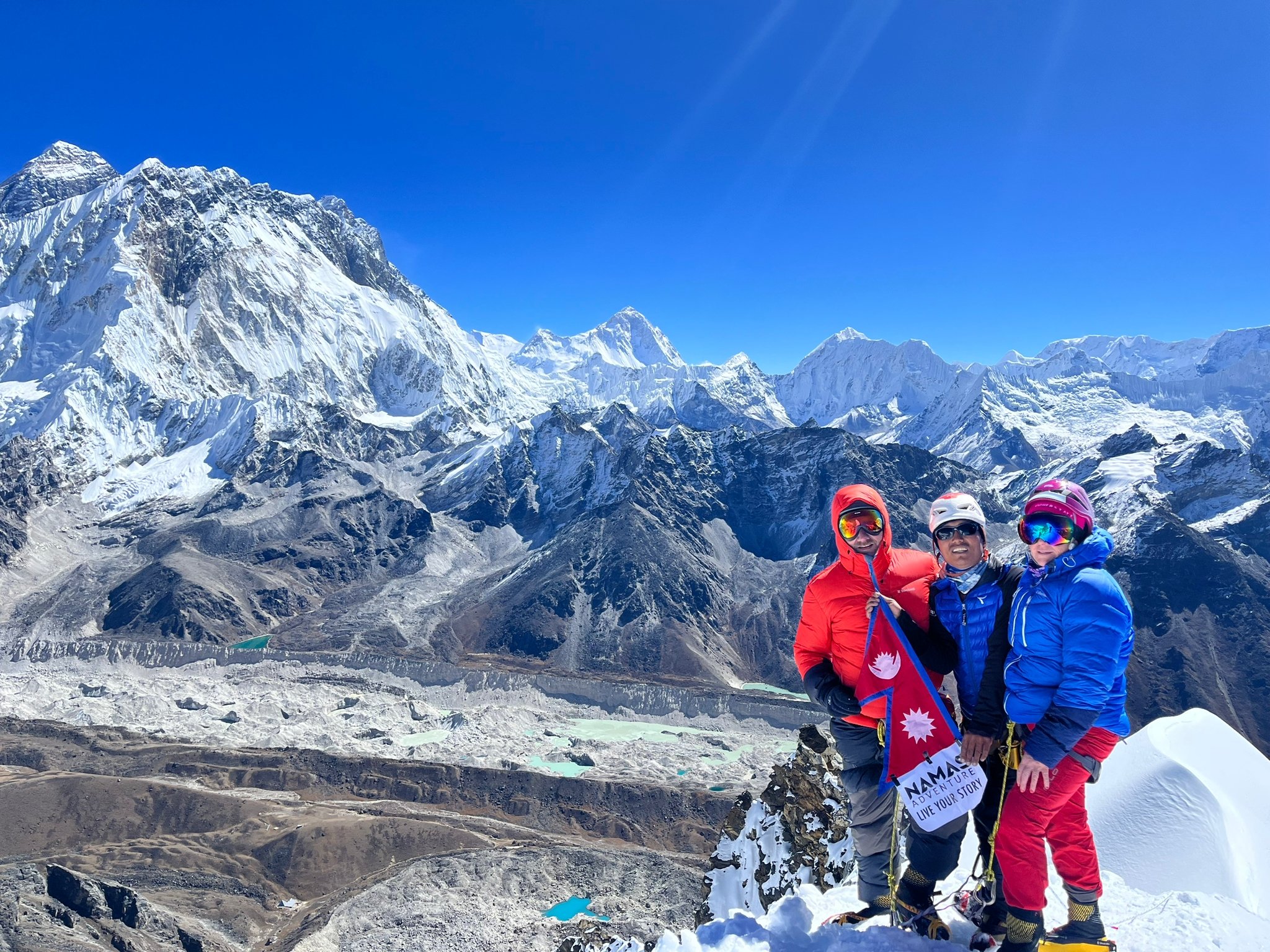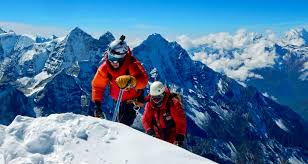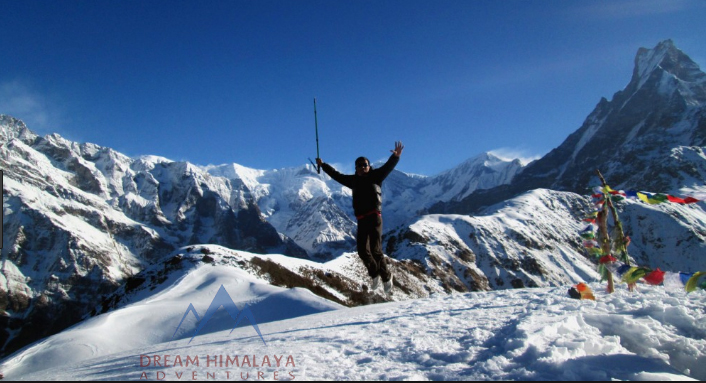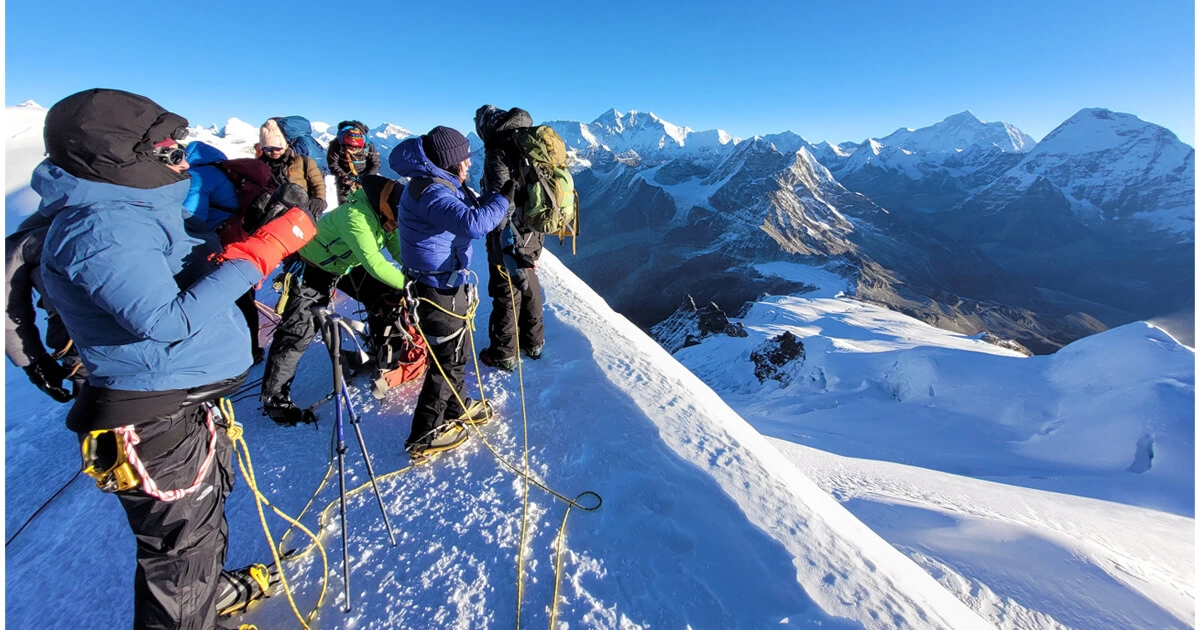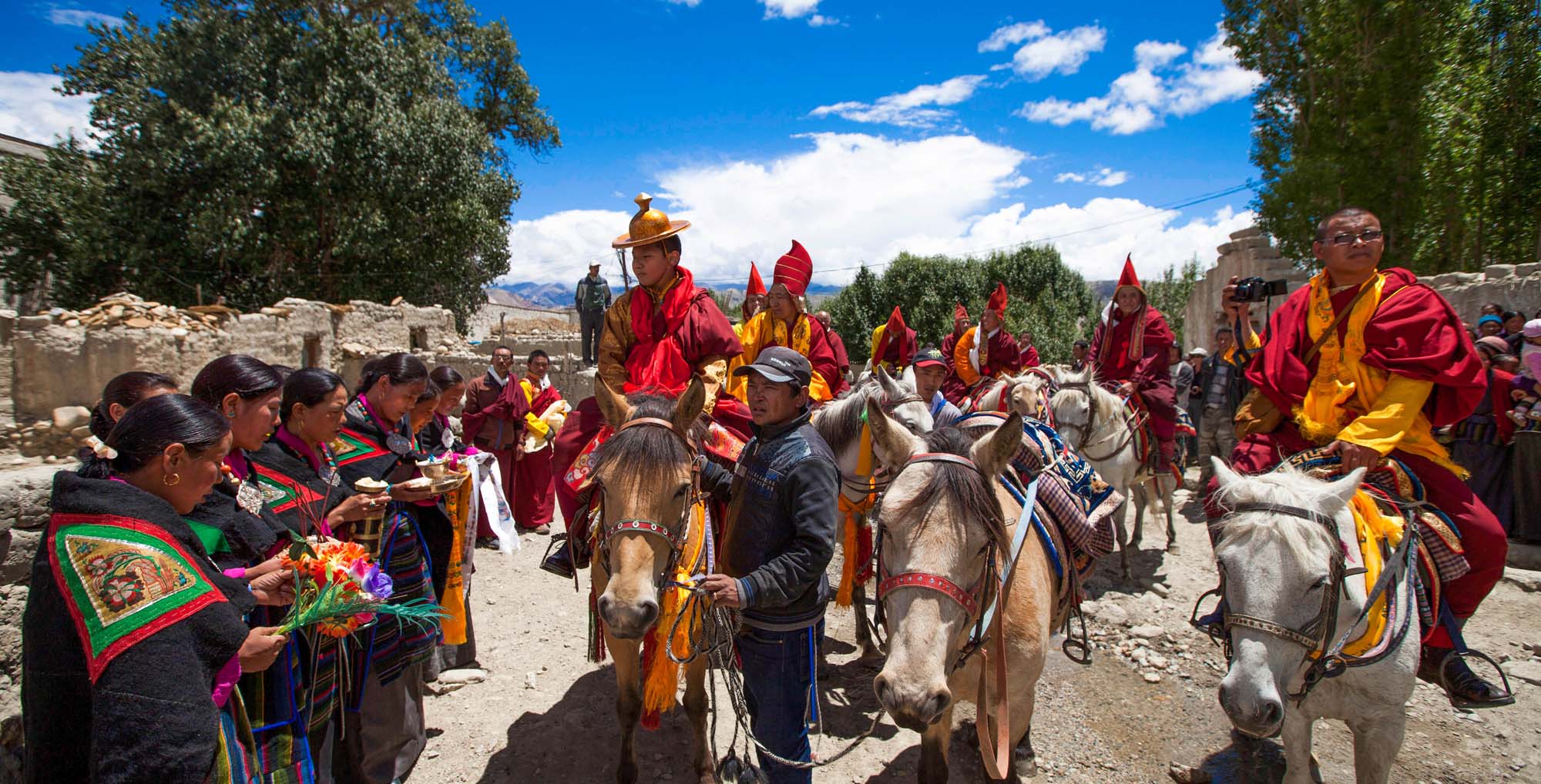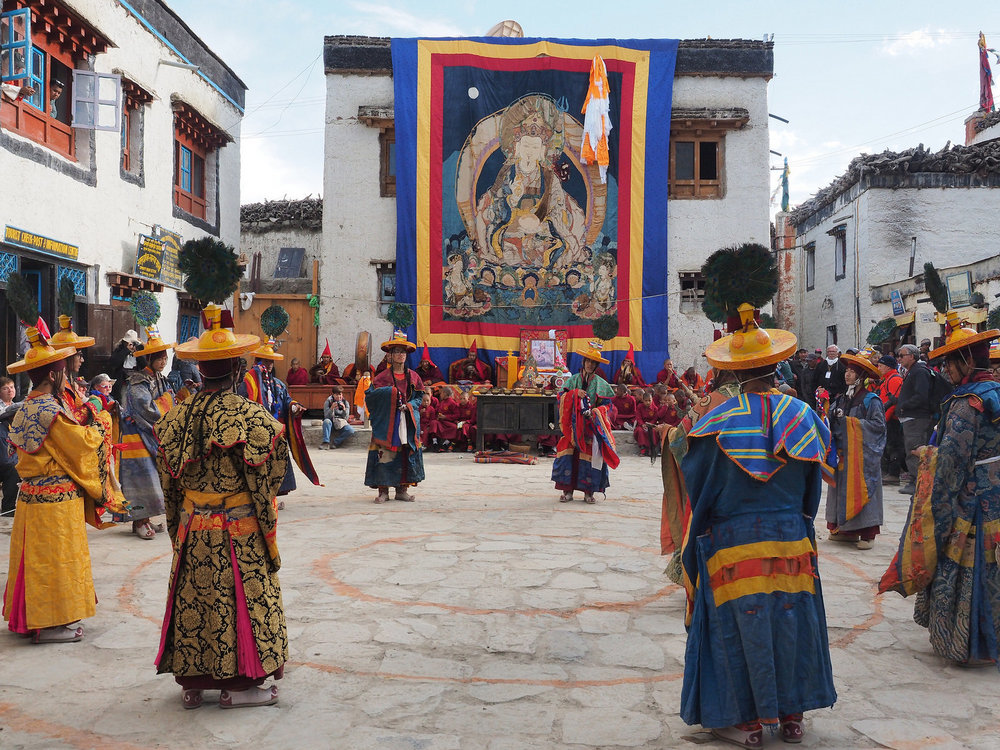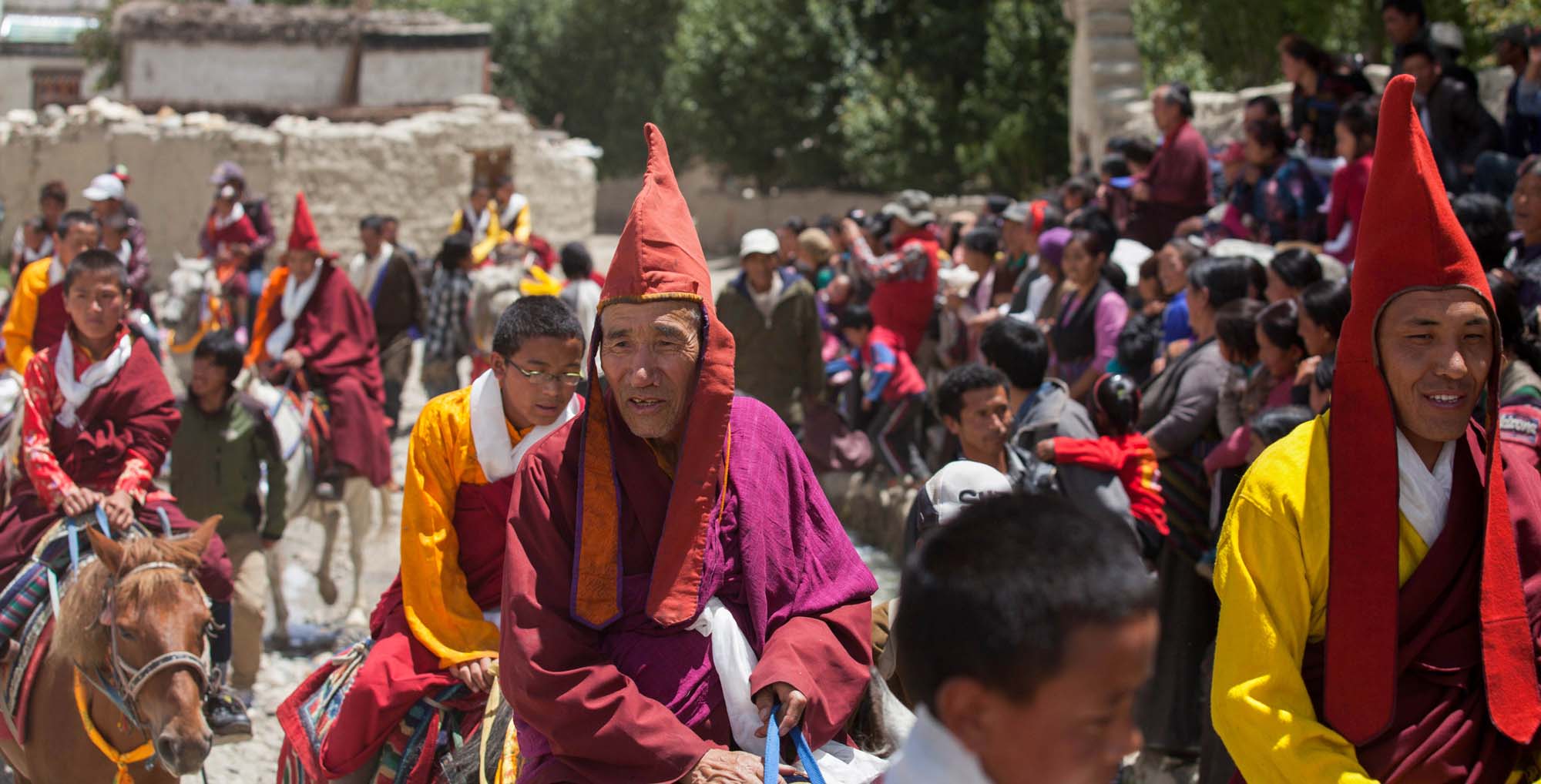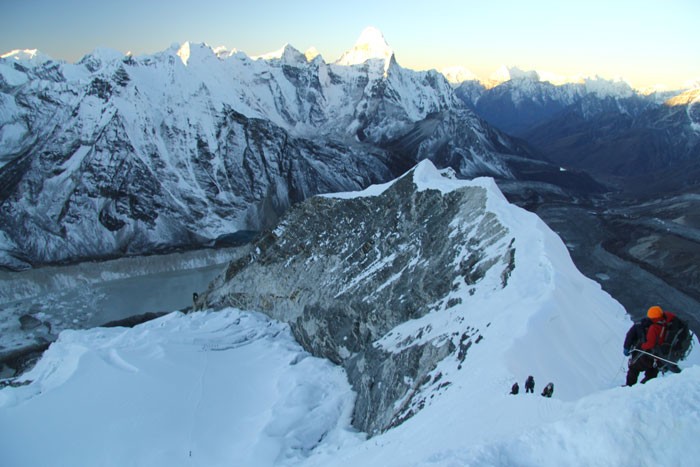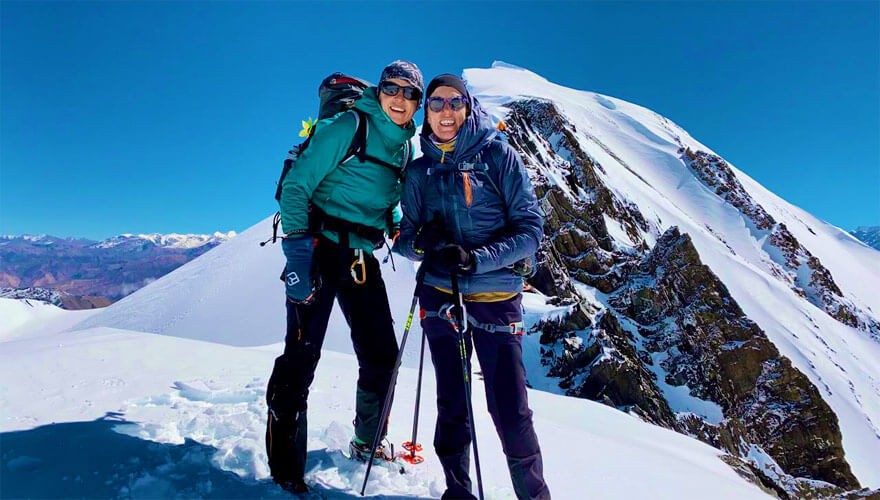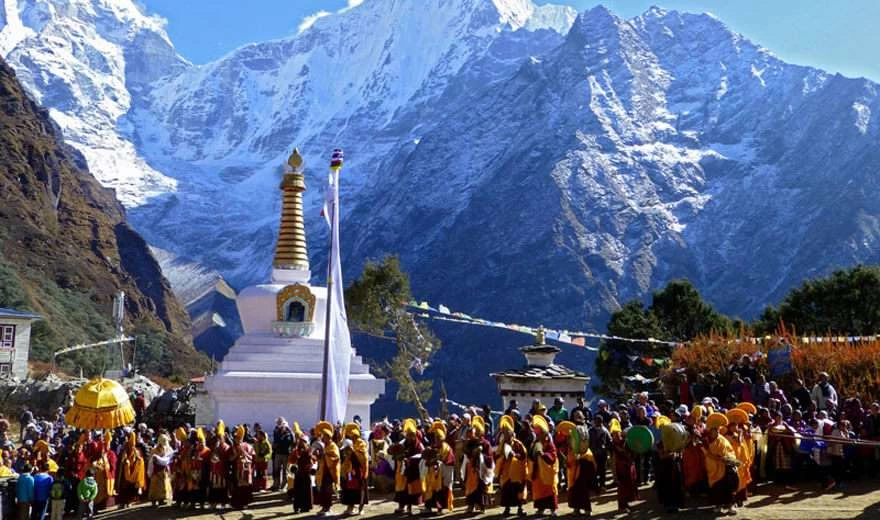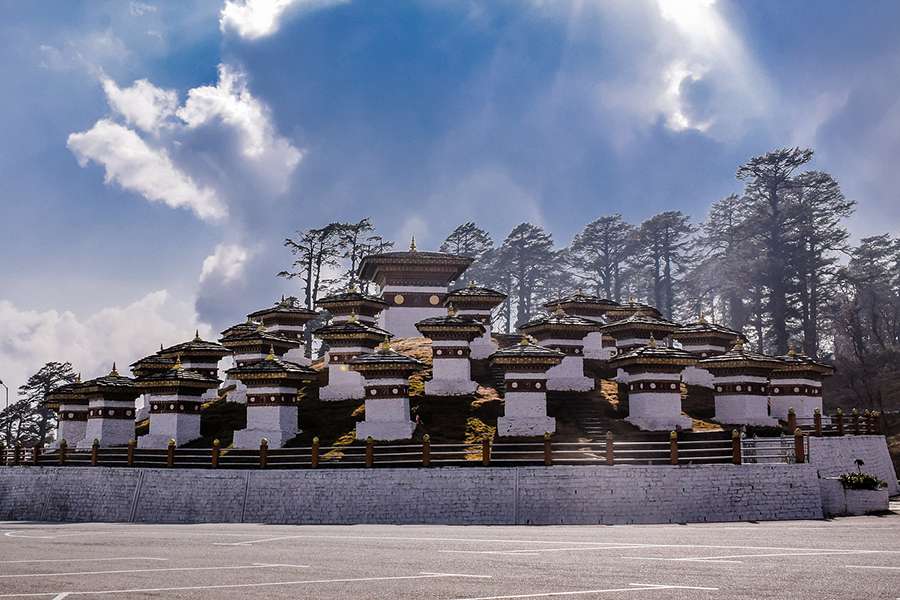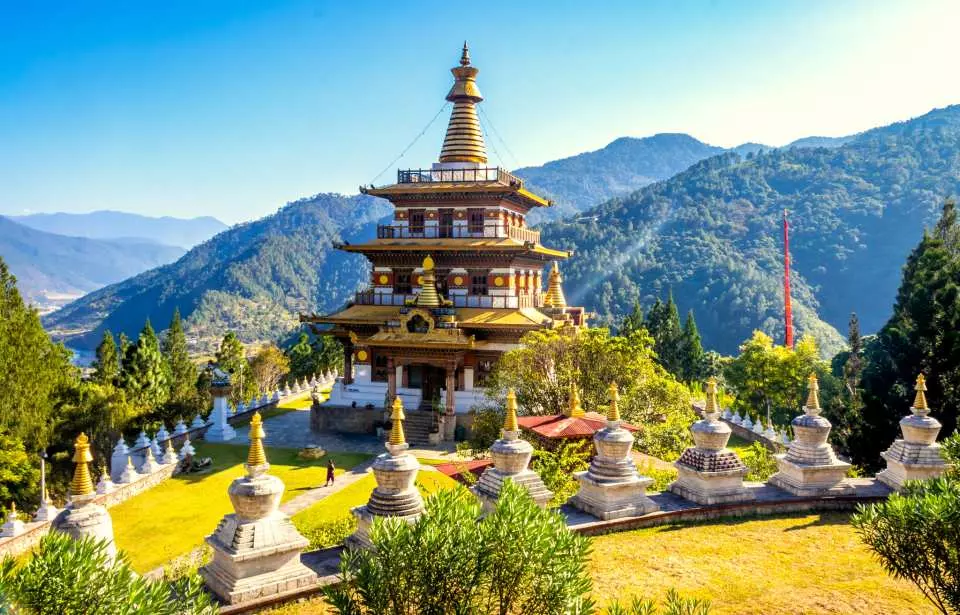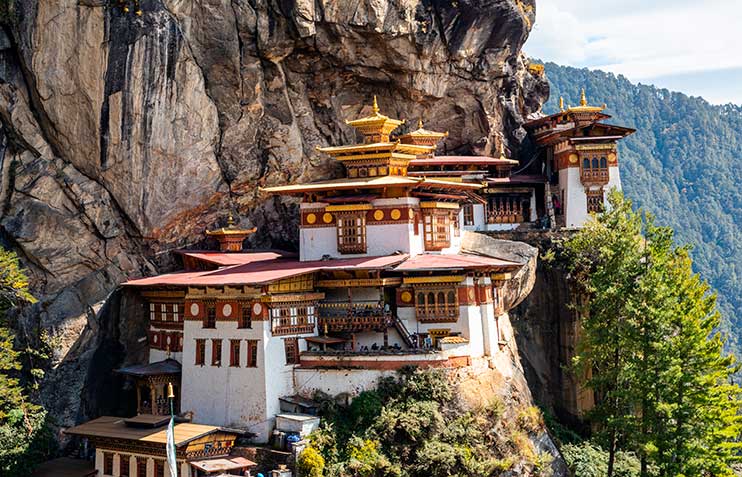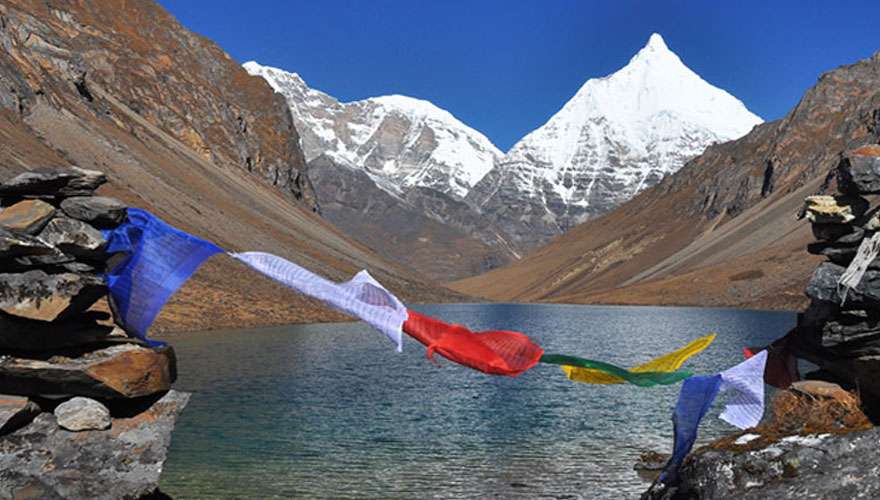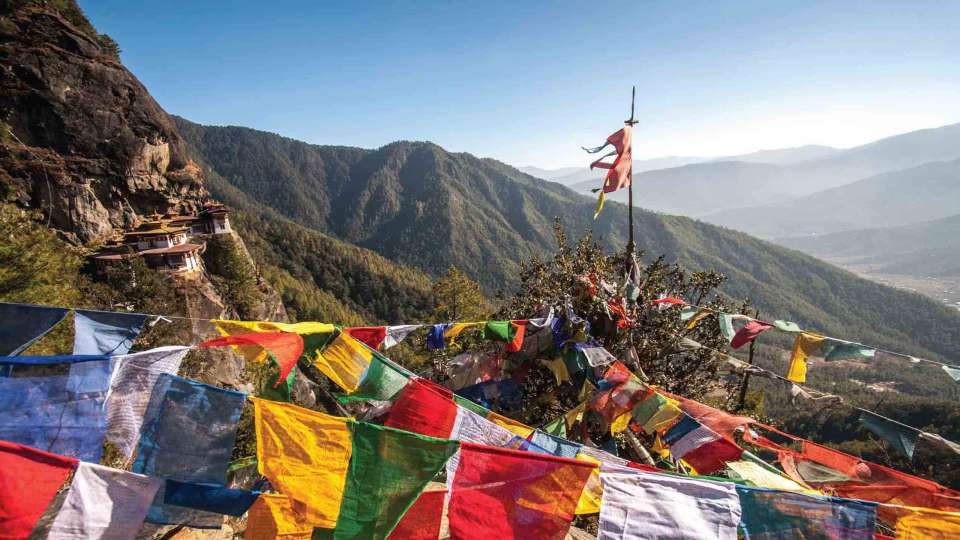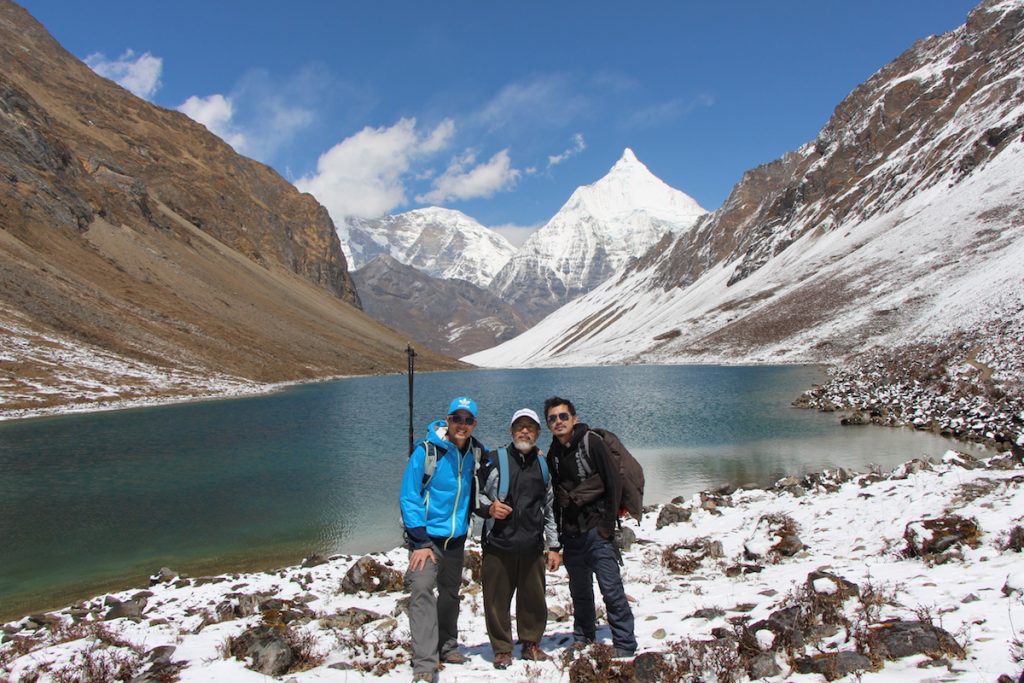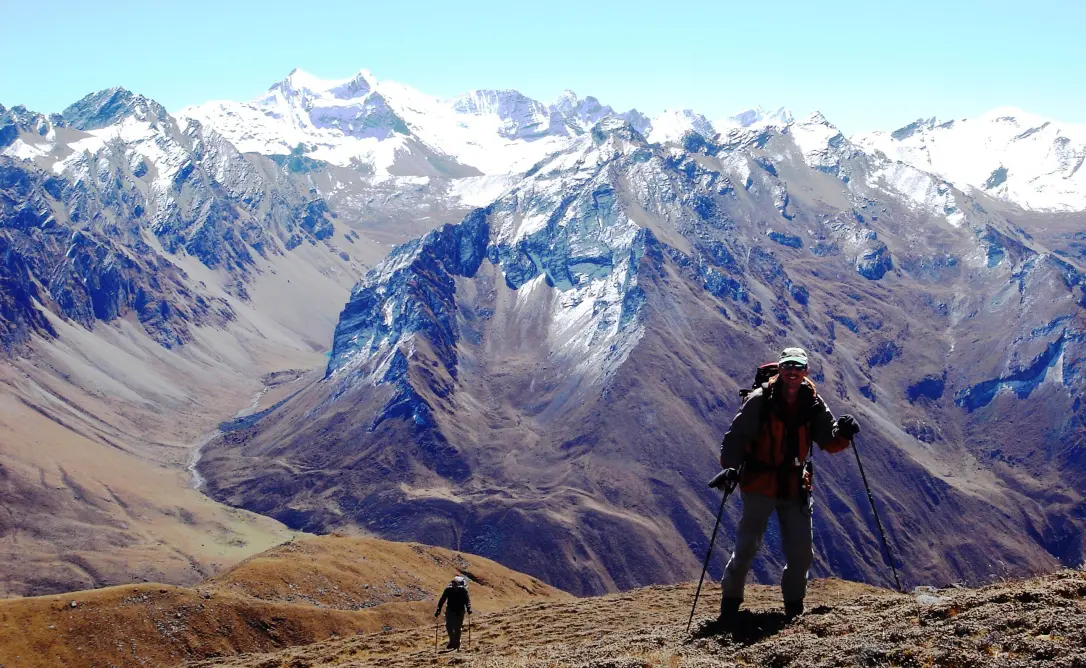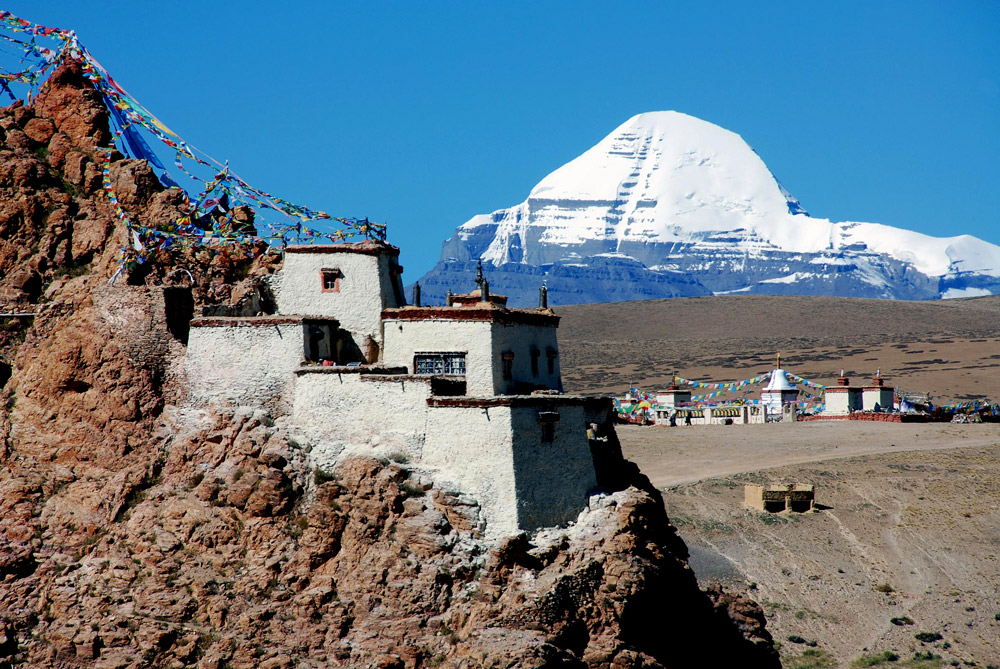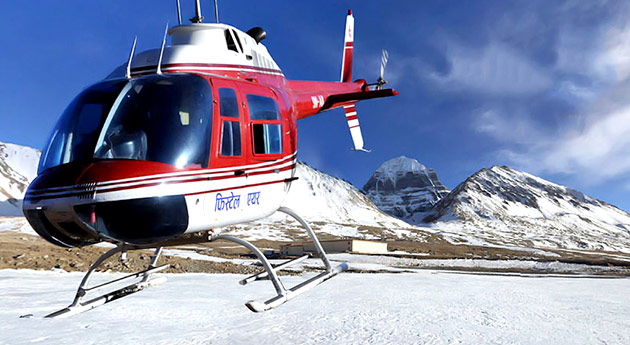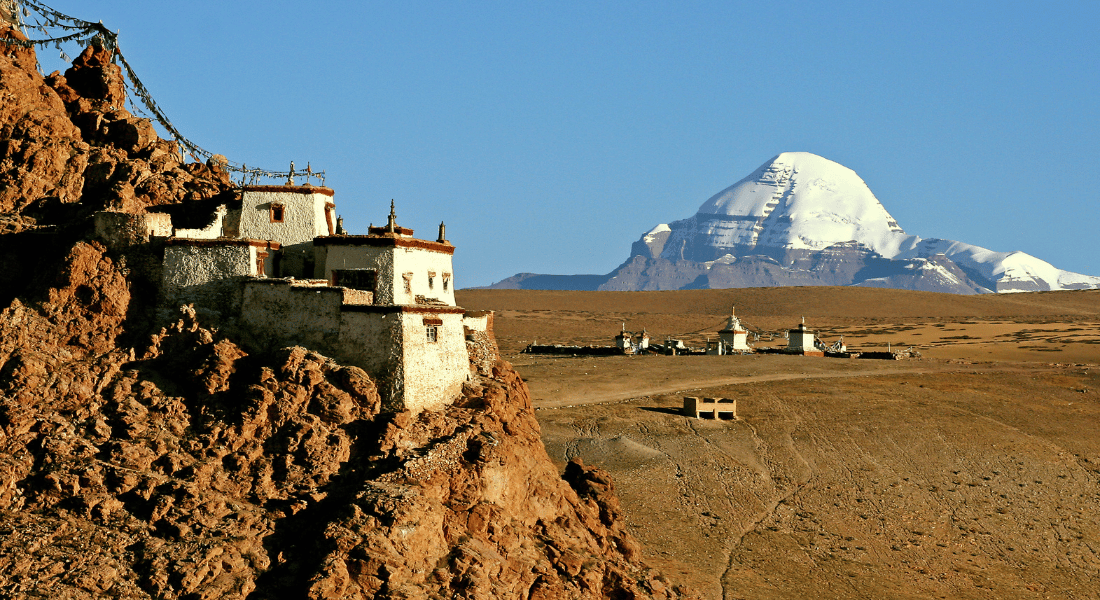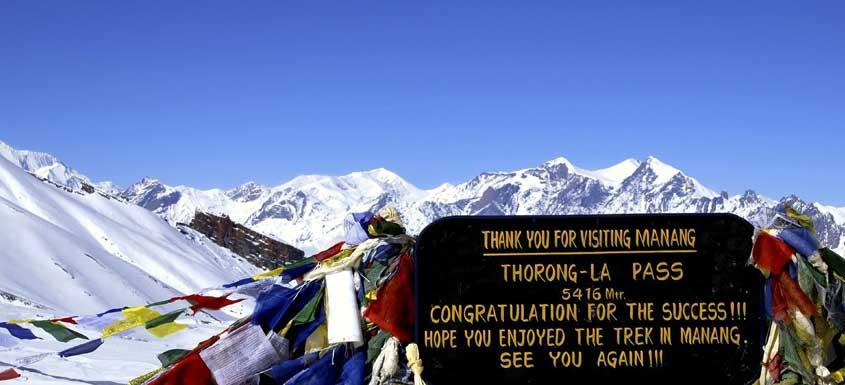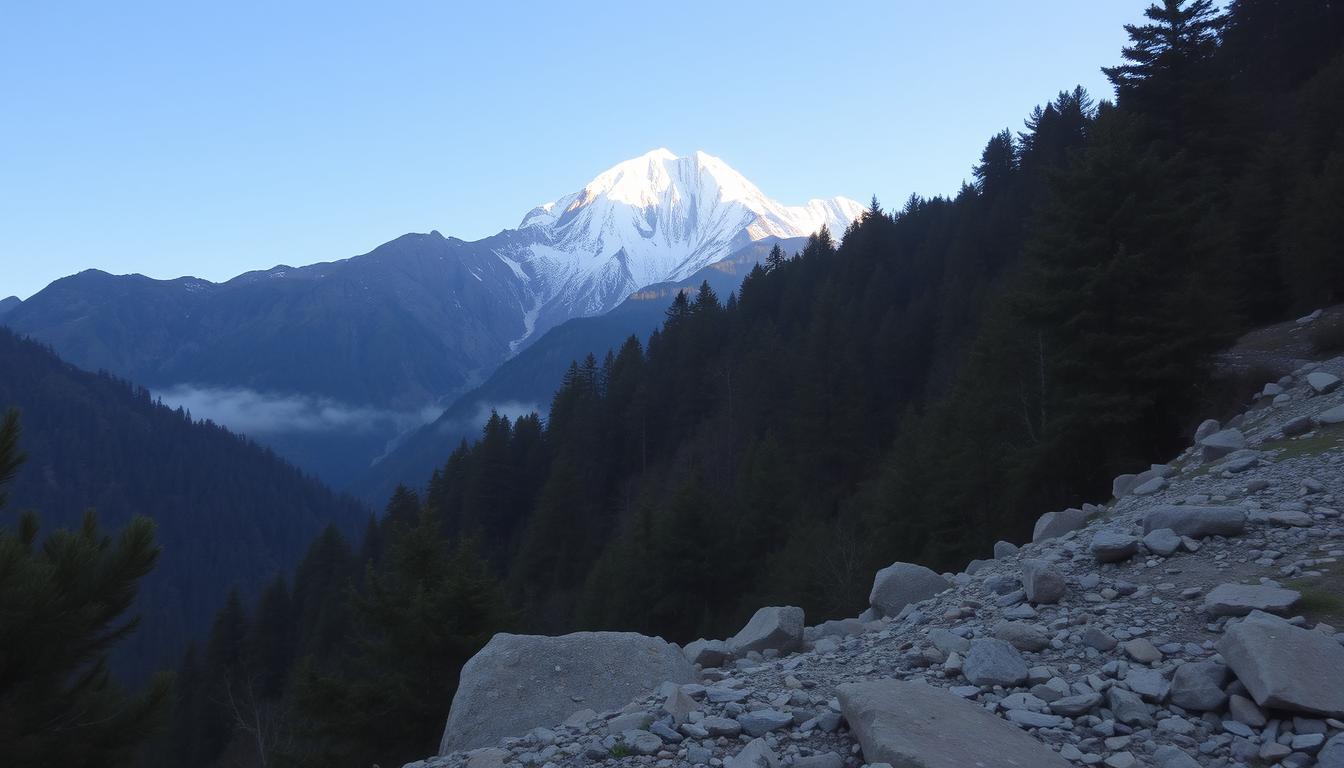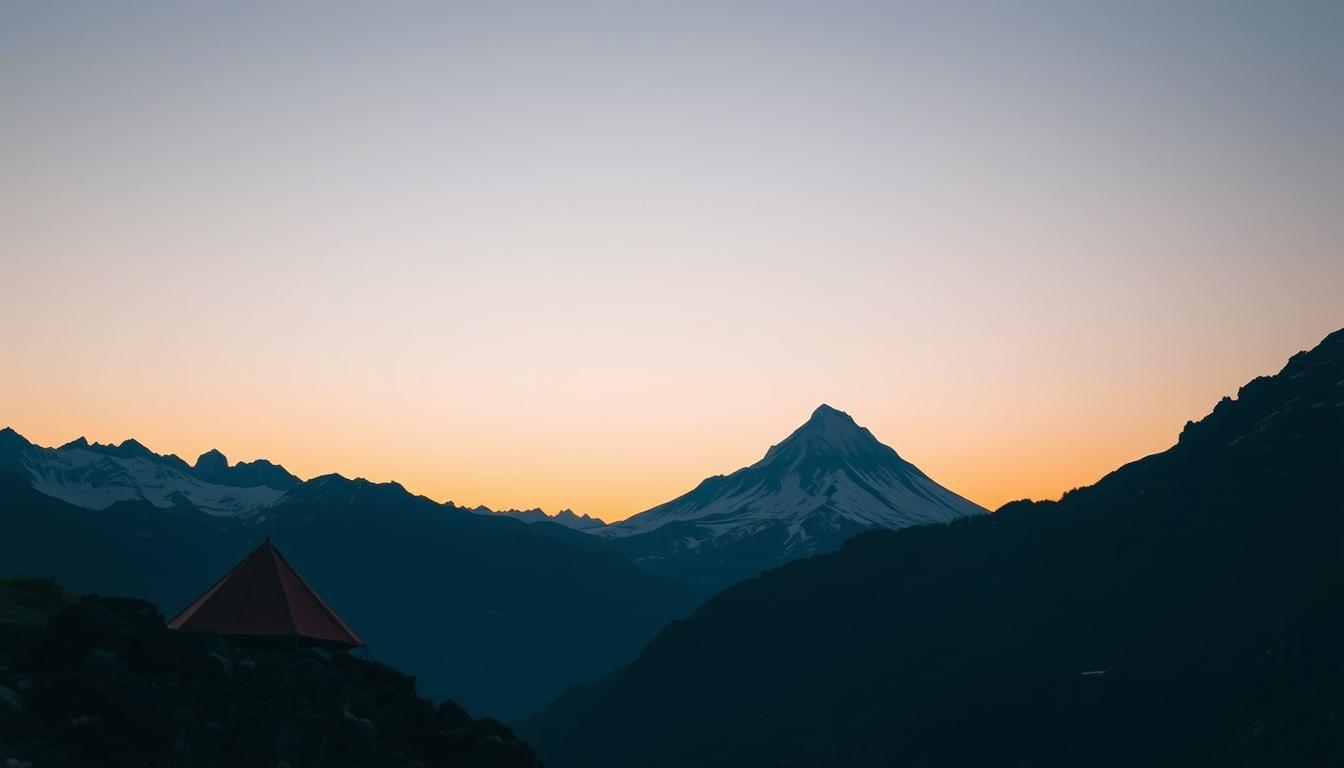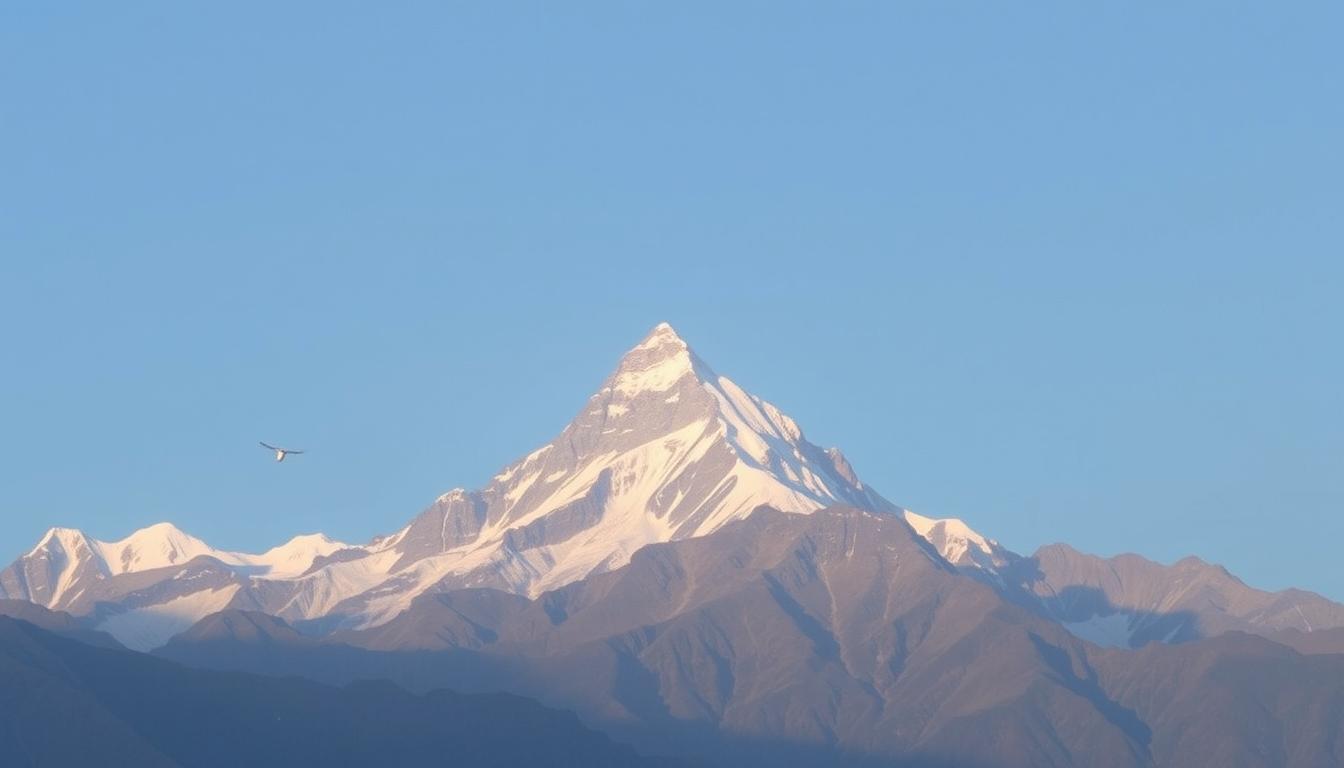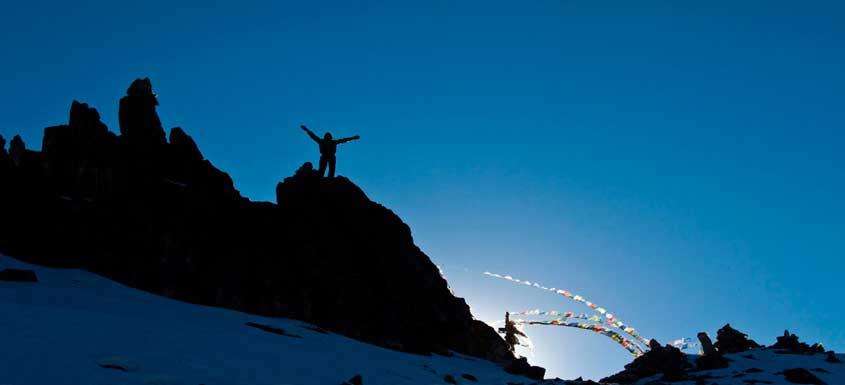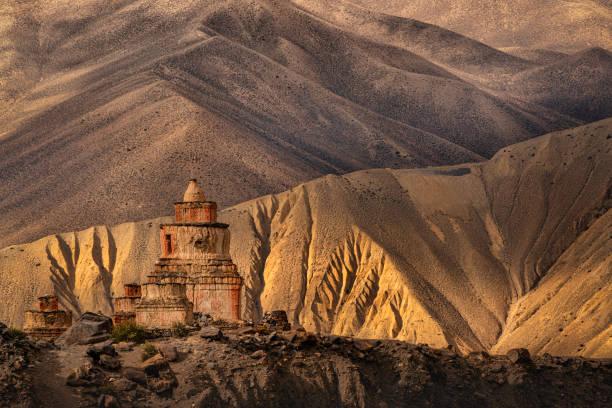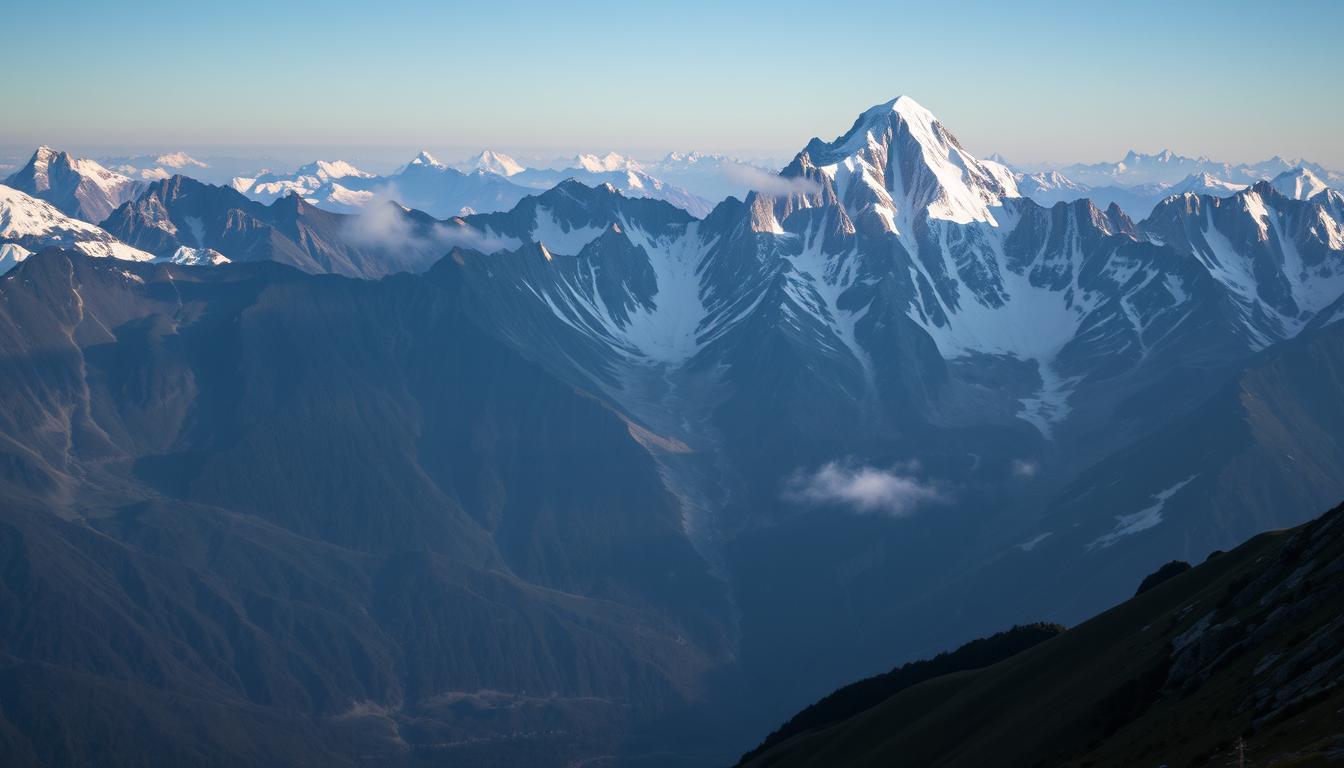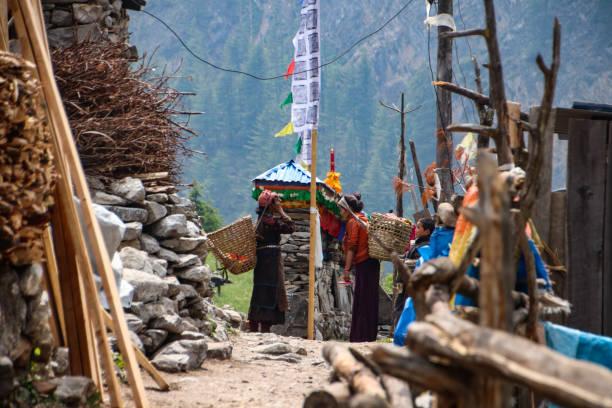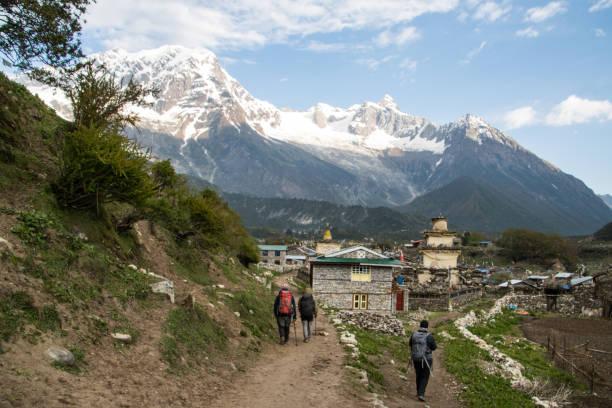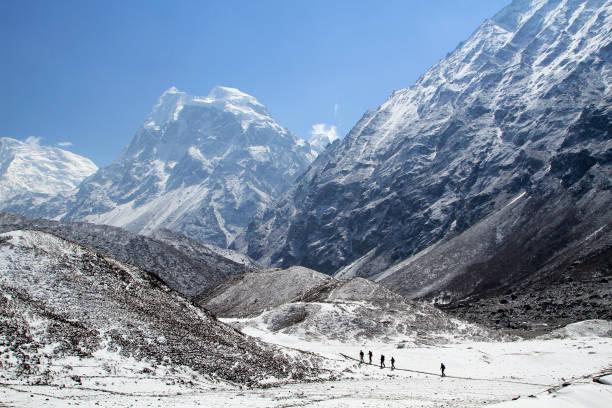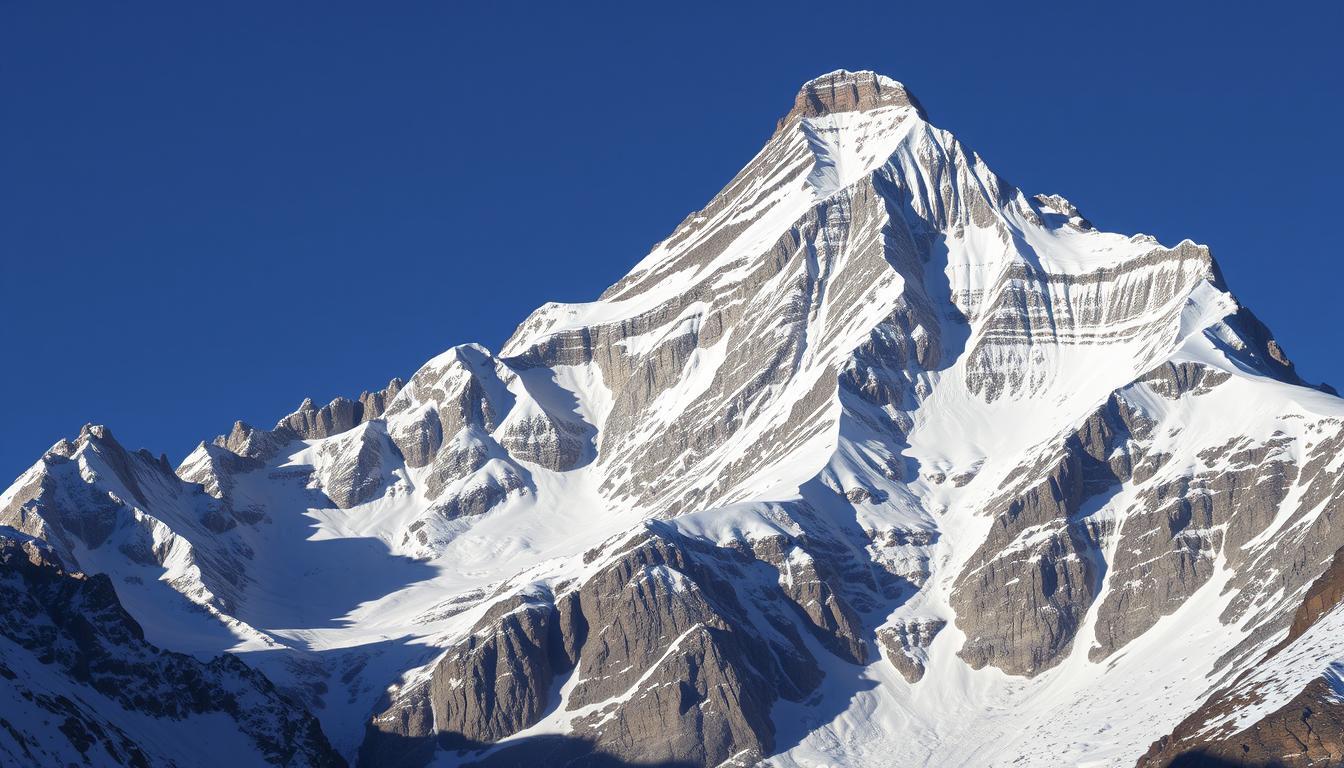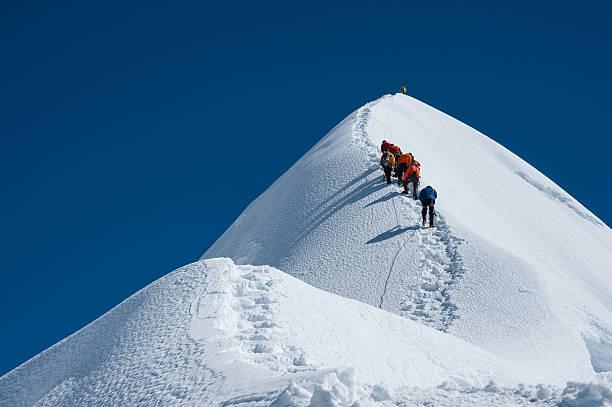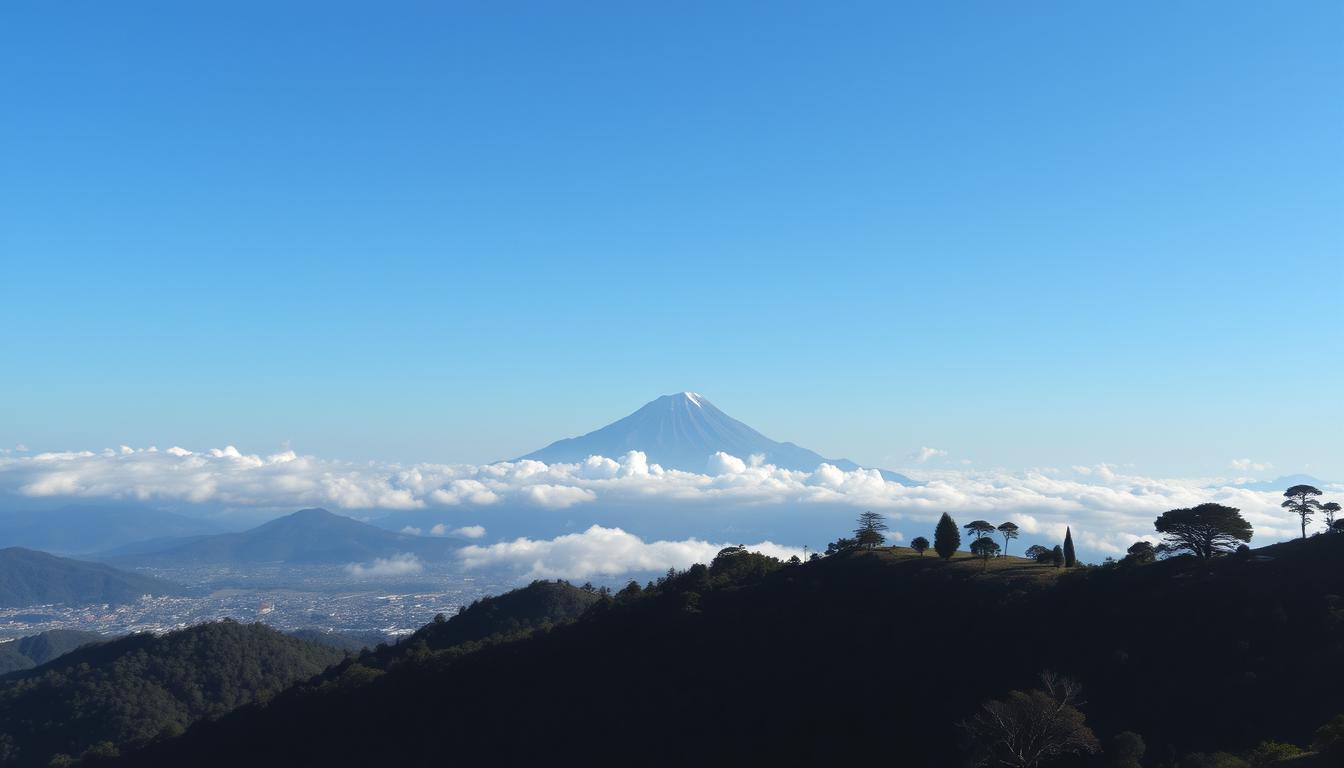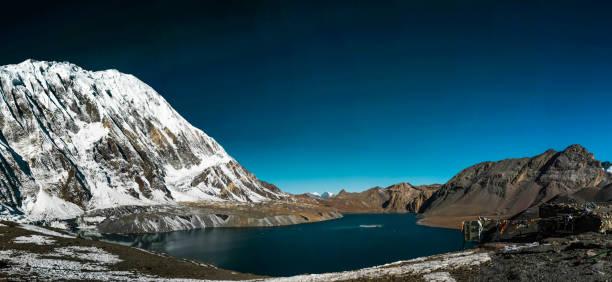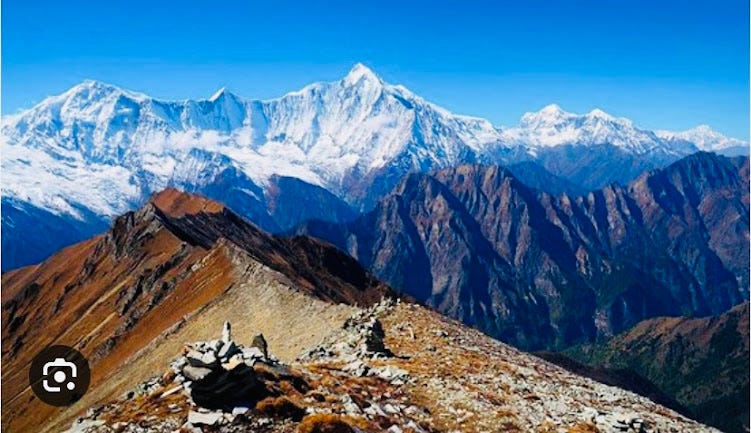Journey Across Bhutan Tour- 15 Days
- Home
- Journey Across Bhutan Tour- 15 Days
Budget
NPR 100
Per Person
Rating
No review has been posted yet
Duration
15 Days
Trip Overview
The Journey Across Bhutan Tour is ideal for those travelers who want to discover the true Bhutan. This long and ultimate journey explores the cultural valleys of the west, the spiritual heart of Bhutan and the rugged east.
Explore the cultural valleys of western Bhutan, including the Phubjikha Valley - that showcases Bhutan’s Buddhist culture and environmental conservation efforts, offers you a unique cultural experience. Bumthang Valley- this valley is the “cultural heartland” of Bhutan, and home to ancient Buddhist monasteries and temples. Punakha Valley- This valley is home to the Punakha Dzong, the sacred relics of important religious figures. Haa Valley- The Black and White Temple, Chele La Pass (3,988m/13,083 ft.) and Kila Gompa Nunnery are the least populated places of Tsongkhapa and other areas. The western Bhutan Valleys are known for their Buddhist culture, ancient temples and natural beauty.
Explore Central Valleys of Bhutan, located in the Lesser Himalayas and are known for their cultural heritage, monasteries and natural beauty. The valleys are separated by the Donga Mountain Range and the Black Mountain Range. The central valleys of Bhutan include Bumthang – known as the country’s “spiritual heartland” and its sacred temples and monasteries with Jambay Lhakhang and Kurjey Lhakhang. It also includes the valley of Chokhor, Tang, Ura and Chhume. Phobjikha Valley- A wide glacial valley in central Bhutan is known for black-necked cranes, and the Crane information Center provides information about the Crane. Gangtey Valley- the valley known for dense alpine and sub-tropical forest, rice paddies, orchards, buckwheat and apple production. It is also known for their rich cultural heritage.
Eastern Bhutan is a region renowned for its pristine natural beauty, rich cultural heritage, and traditional way of life. Comprising districts such as Trashigang, Mongar, and Samdrup Jongkhar, this area offers visitors a unique glimpse into the country's cultural and ecological diversity.
Eastern Bhutan is branded by its rugged terrain, with lofty mountains, deep valleys and roar rivers dominating the landscape. The region is home to numerous protected areas, including wildlife sanctuaries and National Park, which wharf a diverse array of flora and fauna. It is renowned for its untouched natural beauty, rich cultural heritage, and traditional way of life. The district of eastern region offers visitors a unique glimpse into the country’s cultural and ecological diversity.
Package Highlights:
- The ‘Journey Across Bhutan’ cultural tour is ideal for those who want to discover the true Bhutan. This ultimate tour explores the cultural valleys of the west, the spiritual heart of Bhutan, and the rugged east,
- Explore cultural Vally of Bhutan-"Cultural Heartland"
- Explore Bhutan’s central valleys, rich with ancient historical and sacred Buddhist sites,
- Journey to the rugged, remote and seldom visited Eastern Districts,
- Discover some of the most sacred Buddhist monasteries and temples in the Himalaya,
- Visit ancient palaces and museums featuring historical memorabilia of Bhutan’s Royal Family,
- Experience Bhutan’s unique culture up-close with farmhouse visits and village excursions,
- Drive over high mountain passes affording sensational views of the Himalayan peaks,
- Visit many cultural attractions including medieval fortresses (Dzongs), markets and museums,
- Hike up to the famous Taktsang Monastery, perched on a cliff 900m above the valley floor,
- Marvel at the exquisite ancient murals and carvings in the dzongs and temples,
- Traverse beautiful landscapes from lush valleys to dense forests.
Book This Trip
Trip Information
 Start : Kathmandu
Start : Kathmandu Finish : Kathmandu
Finish : Kathmandu Difficulty :
Moderate
Difficulty :
Moderate
 Max Altitude :
Max Altitude :  Group Size :
Group Size :  Season :
Season :
Trip Gallery
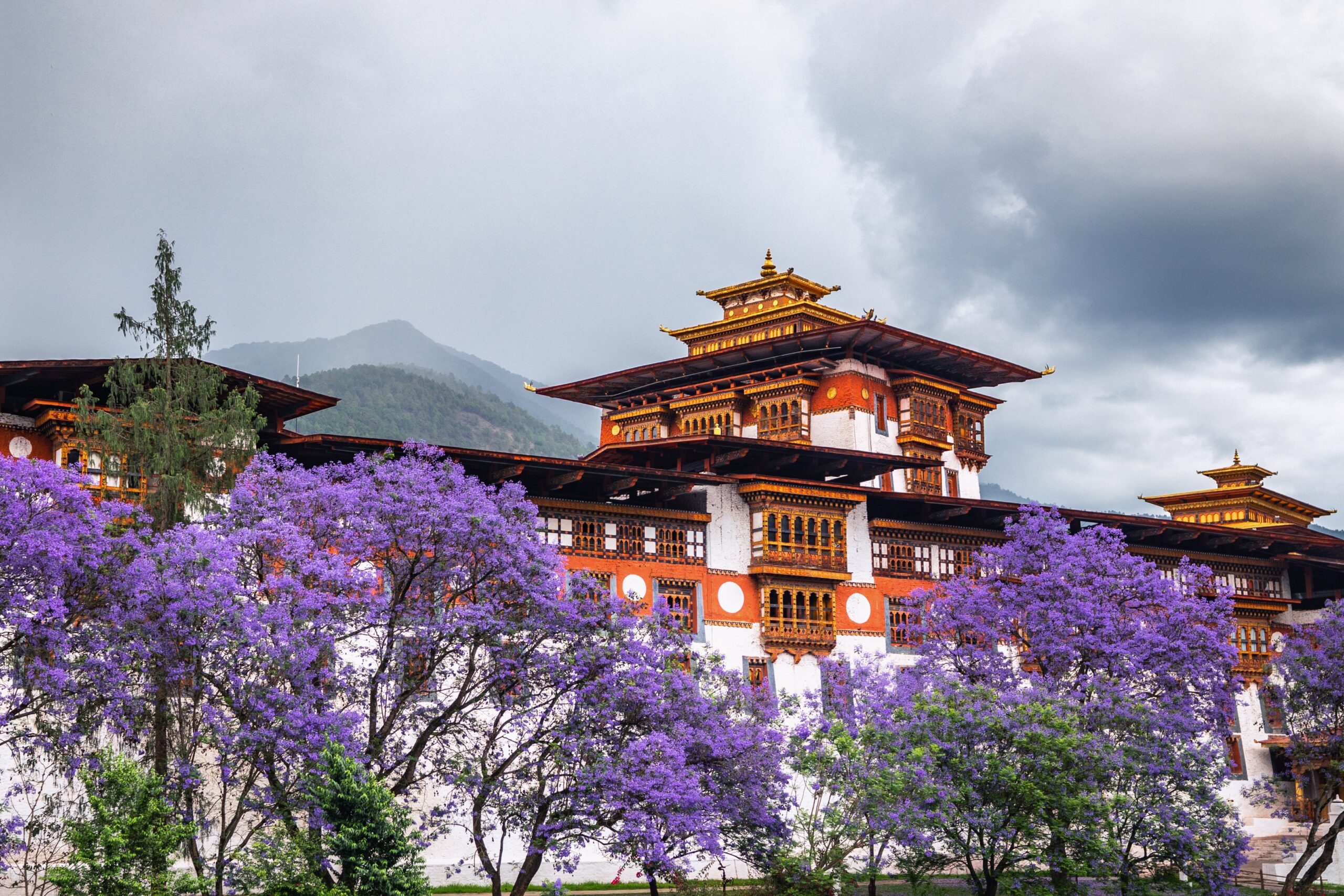
Trip Itinerary
The flight to Paro is one of the most spectacular
mountain flights in the world, with a constantly changing panorama of some of
the highest mountains on earth. Our BJPTT representative will meet you at Paro
airport exit doors following customs formalities. After lunch enjoy afternoon
sightseeing around Paro, including a visit to the Ta Dzong Museum housing many
religious relics, works of art and handicrafts offering a great orientation
into Bhutan’s historical, cultural, and religious past. Next, visit the Rimpong
Dzong to see the painting of the great saint Milarepa. Dzong’s are large monasteries
and district administrative Centre’s, which were once strategic forts. Before
dinner at the hotel there will be an orientation on Bhutanese etiquette by your
guide. Overnight at your hotel in Paro.
After breakfast hike to Taktsang Monastery. The walk of
approximately 1.5 to 2 hours uphill takes you almost a kilometer above the Paro
valley floor (for those who cannot hike we will arrange a horse for transfer up
to cafeteria). The view of Taktsang Monastery built on a sheer cliff face 900
meters above the valley floor is a spectacular sight. The Monastery is an
important pilgrim site for Buddhists. The great Guru Rimpoche is said to have
flown here on the back of a tigress when he brought the teachings of the
Buddhist Dharma to Bhutan in the 8th Century. Afterwards drive to the ruins of
the 17th Century Drukgyel Dzong, and 7th Century Kyichu Lhakhang, one of the
108 temples constructed by the Tibetan king Songtsen Gampo. Overnight at your
hotel in Paro.
Enjoy a day trip to the Haa Valley, one of the most
picturesque districts in Bhutan. Reached via the beautiful Chelila Pass
(3900m), Haa Valley is characterized by its surrounding rugged and mountainous
terrain and unique architecture. Overnight at your hotel in Paro.
Drive to the capital, Thimphu (1.5 hours). Once a rustic
village sitting in a broad river valley, Thimphu is today the nation’s capital.
Enjoy a full day of sightseeing, including a visit to the National Memorial
Chorten, completed by the Royal Queen Mother as a memorial stupa for the Third
King. Continue on to 12th century Changangkha Temple and the Zilukha Nunnery.
If your visit coincides with the weekend, you can walk through the Thimphu
Market. Overnight at your hotel in Thimphu.
Continue sightseeing in Thimphu. Visit the School for
Arts and Crafts, The National Library housing the collection of Bhutanese scriptures
dating back to the 8th century, the Traditional Paper Factory and a fascinating
replica of a medieval farmhouse at the Folk Heritage Museum. If there is time,
you may visit the nursing pen for the Takin, the national animal of Bhutan, and
Tashichho Dzong, ‘the fortress of the glorious religion’ housing some
ministries, His Majesty’s secretariat, and the central monk body. Other options
for the day include a hike to Tango and Cheri Monasteries (45 min.), two of the
most ancient monasteries in the Thimphu region. Overnight at your hotel in
Thimphu.
Drive over the Dochu-La pass (3,100 meters), which on a
clear day offers an incredible view of Himalayan peaks before descending into
the Punakha valley (3 hrs.). In the Dochu-La area there are vast Rhododendron
forests that grow to tree size and bloom in late April/early may covering the
mountains in a riot of glorious spring color.Punakha was the ancient capital of Bhutan. On arrival,
visit Punakha Dzong, built in 1637 by the Shabdrung, the ‘Unifier of Bhutan’.
The three story main temple of the Punakha Dzong is a breathtaking example of
traditional architecture with four intricately embossed entrance pillars
crafted from cypress and decorated in gold and silver. After lunch, enjoy a
walk to Chimi Lhakhang, temple of Drukpa Kuenly. He inherited the Divine Madman
title since he revolted against the orthodox Buddhism in his time. Overnight at
your hotel in Punakha/ Wangdue.
Transfer to Phobjikha Valley (3 hrs.) via the bustling
market town of Wangduephodrang. Drive up a winding mountain road through oak
and rhododendron forests, and over a high pass down into the picturesque
Phobjikha Valley. Phobjikha is one of Bhutan’s few glacial valleys, and chosen
winter home of black necked cranes (November – March) migrating from the
Tibetan plateau. After lunch visit the Phobjikha Sanctuary to view the majestic
black necked cranes (Nov-Mar only) and Gangtey Gompa (Monastery), dating back
to the 16th century. Overnight at your hotel in Phobjikha.
Depart over the Pele La pass (3,420m) on the Black Mountain
range towards Trongsa. In route visit the beautiful 18th century Chendebji Chorten.
Trongsa is the ancestral home of Bhutan’s ruling dynasty. Visit Trongsa Dzong,
the largest Dzong in Bhutan and the Ta Dzong museum housing a collection of
historical artefacts of the Royal Family. Overnight at your hotel in Trongsa.
After breakfast proceed towards Bumthang (2.5 hrs.), the
spiritual heart of the kingdom. Bumthang is home to some of Bhutan’s oldest
Palaces, Buddhist temples and monasteries. On arrival, visit Jakar Dzong (Dzong
of the White Bird) and 16th century Tamshing Lhakhang containing ancient
Buddhist wall paintings. After lunch visit Kurje Lhakhang, one of the most
sacred places in the kingdom and 7th Century Jambay Lhakhang. Overnight at your
lodge in Jakar, Bumthang.
Enjoy a day exploring some of the many sites around
Bumthang, including the 16th century Tang Ugyen Chholing Palace museum
containing an overview of traditional rural life in Bhutan and the pool of
Mebartso (The Lake of Fire) where Pemalingpa (founder of the Nyingmapa sect) is
said to have found treasure hidden by Guru Rinpoche. Overnight at your lodge in
Jakar, Bumthang.
The journey to Mongar takes about 6 hours with
spectacular views in route. Drive through Ura village before climbing sharply
to the highest point on Bhutan’s road network, Thrumsing-La Pass (4,000m). From
here, the road gradually passes through picturesque alpine valleys, pine
forests, maize fields and hamlets to reach Mongar town. Visit Mongar Dzong,
built in the 1930’s using the traditional process without either plans or the
use of nails. Overnight at your lodge in Mongar.
Drive to Trashigang (3 hrs.) through leafy forests filled
with ferns and over Kori-La Pass (2,450m) before descending through cornfields
and banana groves to reach the famous road zigzag just below Yadi. Trashigang
is the main township of the largest district in the country. After lunch visit
Trashigang Dzong. Overnight at your lodge in Trashigang.
Visit the temple of GomKora and Doksum Village where you
can see women busily weaving traditional Bhutanese fabric before reaching
Tashiyangtse, the administrative Centre for this district. The area is famous
for its unique wooden crafts. Visit the Tashiyangtse Dzong, and the dazzling
white stupa of Chorten Kora and the nearby institute for ZorigChusum, where
student is trained in Bhutan’s 13 traditional arts and crafts. Overnight at
your lodge in Trashigang.
After breakfast drive to Samdrup Jongkhar, the gateway to
eastern Bhutan and to Assam, India. It is about 9 hours’ drive from Trashigang
with many beautiful villages and landscapes on the way. Overnight at your hotel
in Samdrup Jongkhar.
After breakfast, your guide will arrange an Indian
vehicle your transfer to Guwahati, the capital town of the Indian north-eastern
state of Assam, for your onward flight.
Trip Date And Time
We'll Be There, Like We've Been There Before
|
Departing |
Finishing |
Trip Price Per Person |
Action |
Enquire |
|---|---|---|---|---|
| No Trip Yet!! | ||||
